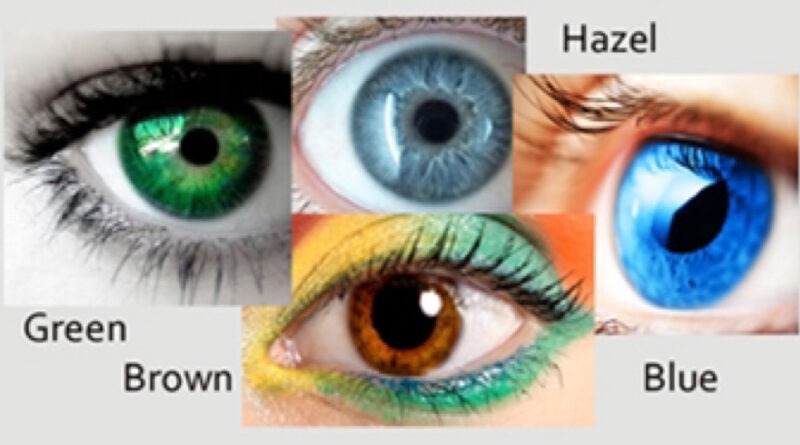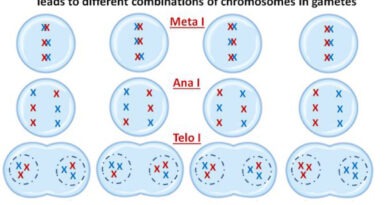Eye Color Inheritance in Humans
Eye color is a complex and fascinating trait influenced by multiple genetic factors. The color of a person’s eyes is determined by the pigmentation of the iris, which is the colored part of the eye surrounding the pupil. This pigmentation is primarily influenced by two types of melanin: eumelanin (which is brown) and pheomelanin (which is red-yellow). The combination and concentration of these pigments result in the various eye colors observed in humans, including brown, blue, green, and hazel.
Genetic Basis of Eye Color
Historically, eye color was believed to follow a simple Mendelian inheritance pattern, with brown eyes being dominant over blue eyes. However, recent research has revealed that the inheritance of eye color is far more complex, involving multiple genes and interactions.
Key Genes Involved:
– OCA2: This gene plays a major role in determining the amount of melanin produced in the iris. Variants in the OCA2 gene are strongly associated with blue and brown eye colors.
– HERC2: Located near the OCA2 gene, HERC2 contains a regulatory region that influences OCA2 expression. A specific single nucleotide polymorphism (SNP) in the HERC2 gene, known as rs12913832, is a key determinant of blue eyes. The presence of the “A” allele at this SNP is associated with reduced OCA2 expression, leading to lower melanin levels and blue eyes.
– Additional Genes: Other genes such as SLC24A4, SLC45A2, TYR, and TYRP1 also contribute to the variation in eye color. These genes influence the production, transportation, and distribution of melanin within the iris.
Polygenic Inheritance
The polygenic nature of eye color means that multiple genes contribute to the final phenotype. Each gene can have different variants, or alleles, which interact in complex ways. For instance, a person may inherit alleles from their parents that together result in a medium level of melanin, producing hazel or green eyes. The interaction of these multiple genes means that predicting eye color based on parental eye color can be challenging and is not always straightforward.
Eye Color Variations
– Brown Eyes: The most common eye color globally, resulting from high concentrations of eumelanin in the iris.
– Blue Eyes: Caused by a low concentration of melanin. The blue appearance results from the scattering of light in the stroma of the iris, similar to the way the sky appears blue.
– Green Eyes: A combination of a moderate amount of melanin with a higher presence of pheomelanin, along with Rayleigh scattering of light.
– Hazel Eyes: Characterized by a combination of brown and green, resulting from varying concentrations of eumelanin and pheomelanin.
Epigenetic Factors
In addition to genetic factors, epigenetics can play a role in eye color. Environmental factors and developmental changes can influence gene expression, potentially altering the phenotype. For example, some individuals may experience a change in eye color over their lifetime, especially in early childhood.
Ancestral and Evolutionary Perspectives
Eye color distribution varies significantly across different populations and geographical regions. Brown eyes are predominant in African, Asian, and Middle Eastern populations, whereas blue and green eyes are more common in European populations. The evolutionary reasons for this variation are not entirely understood but may relate to historical migration patterns, sexual selection, and genetic drift.
Conclusion
Eye color inheritance in humans is a complex trait governed by the interplay of multiple genes, each contributing to the overall phenotype. While classical Mendelian genetics provided a foundation for understanding inheritance patterns, modern genetic research has unveiled the intricate and polygenic nature of traits like eye color. This complexity underscores the fascinating diversity of human genetics and the continuous discovery process in the field of genetic research.



